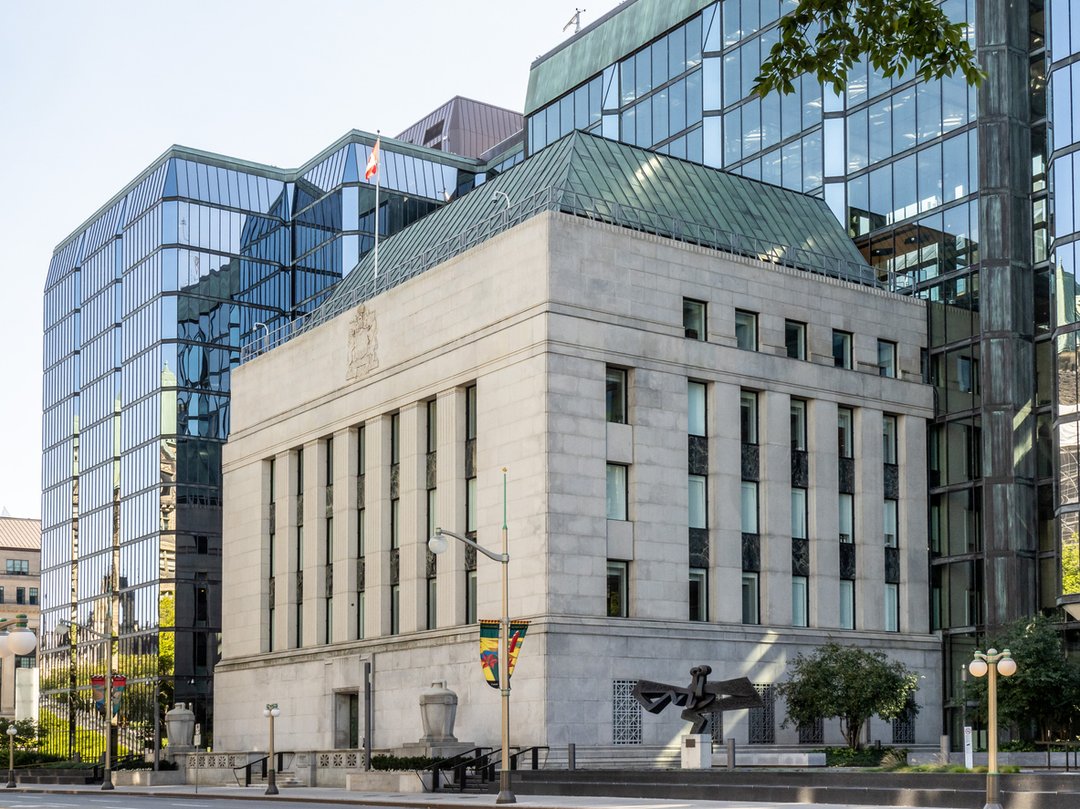
David Olive
April 11, 2024
Why has the Bank of Canada (BoC) chosen once again to withhold interest-rate relief from Canadian borrowers?
There are a few reasons, which we’ll get to.
But the biggest one might be that the first cut is the deepest.
It could be a small interest rate cut, a quarter-point, say, from the BoC’s current historically high policy rate of 5.0 per cent, which it said Wednesday it will stick with yet again.

iStock-1277375300 (3)
That first cut is the most important because it signals to consumers, governments, and businesses that inflation has been vanquished. Which it has not. Inflation has been subdued but has also become endemic. Most economists believe a new permanently higher rate of “normal” inflation has been created by the pandemic and its aftermath.
But the “animal spirits” that the great economist John Maynard Keynes spoke of — human emotions rather than reason driving financial decisions, including impulsive buying — will to some degree be released with that first cut.
Or so the watchful economic stewards at the BoC believe.
People won’t go crazy, binge-buying on Amazon, or start digging more shafts at their tin mines in Bolivia.
This is Canada, after all. Everything in moderation.
But the mood will change. And having changed it, you cannot shift it back to caution in personal finances, nay frugality, if inflation, like a bad infection, comes surging back.
So, just as the BoC put off its first rate increase as long as it could, in 2022, when the economic recovery was fragile and we were just emerging from the ravages of the last variant of COVID-19, central bankers are now making us wait, and wait, for that first rate cut.
As noted, there are other factors:
Food inflation has come down, but prices are still intolerably high. Pressure on grocers from the public and governments has yielded some more reasonable pricing and even a few bargains. But that moral suasion needs more time to work. The initial rate cut, suggesting the inflation crisis is over, could take some of the needed pressure off grocers to get their prices further down.
A rate cut will unleash another home-buying frenzy with the arrival of lower mortgage rates, even minimally lower. The GTA market is poised to take off again, the Canada Housing and Mortgage Corp. recently warned, pushing home prices to even more unaffordable levels. Shelter cost hardship is already the BoC’s biggest worry. Why risk adding to it when many household balance sheets are in miserable shape?
Inflationary population growth continues apace. Ottawa’s cut in temporary resident applications just started. It’s a reduction of only 20 per cent and rolls out over three years. And on new permanent residents, Ottawa has opted to raise those levels to 500,000 in each of 2025 and 2026. That will drive economic growth and ease labour shortages. But it will add upward pressure on prices. That’s a tradeoff that works well for Canada in the long run. In the short run, though, it keeps rents high, and that’s maybe the biggest metric the BoC is using to determine when the country’s ready for interest rate relief.
Federal and provincial governments are still pushing too much money into the economy, stoking inflation. It’s opposite to what the BoC has sought. It would be nice, BoC Governor Tiff Macklem testified in Parliament early this year, if the bank and governments were not “rowing in opposite directions.” Instead, he said, governments should exercise fiscal restraint to help the bank wring excess prices out of the economy.
But no such luck. This year’s federal budget deficit, which we’ll hear more about in next week’s annual budget, is forecast at $46.8 billion. That’s much higher than the $40.1 billion shortfall Ottawa forecast as recently as last fall. And here in Ontario, the government will record a $9.8 billion deficit in 2024-25, and another big deficit, of $4.6 billion, in 2025-26. That’s also a forecasting error. The Ford government earlier promised a $200 million surplus for 2024-25. At a time of such fiscal uncertainty, is it wise to initiate interest rate reductions?
Finally, we’re going to import a lot of U.S. inflation this year. At 3.5 per cent, compared with 2.8 per cent in Canada, U.S. inflation is far from under control. What that means for Canadians is higher prices for all the U.S. goods and services we import, which of course adds to inflation at home.
The U.S. economy is running so hot that Jamie Dimon, CEO of JPMorgan & Chase, the world’s biggest bank, warned this week that we should brace for a spike in the U.S. Federal Reserve Board’s policy rate to as much as 8 per cent. (It’s currently 5.3 per cent.) Dimon has a flair for theatrics, to be sure. But if he says that worrisome geopolitical conditions and a torrid U.S. economy might yield more pain for borrowers before interest-rate relief arrives, that’s the safest bet.


